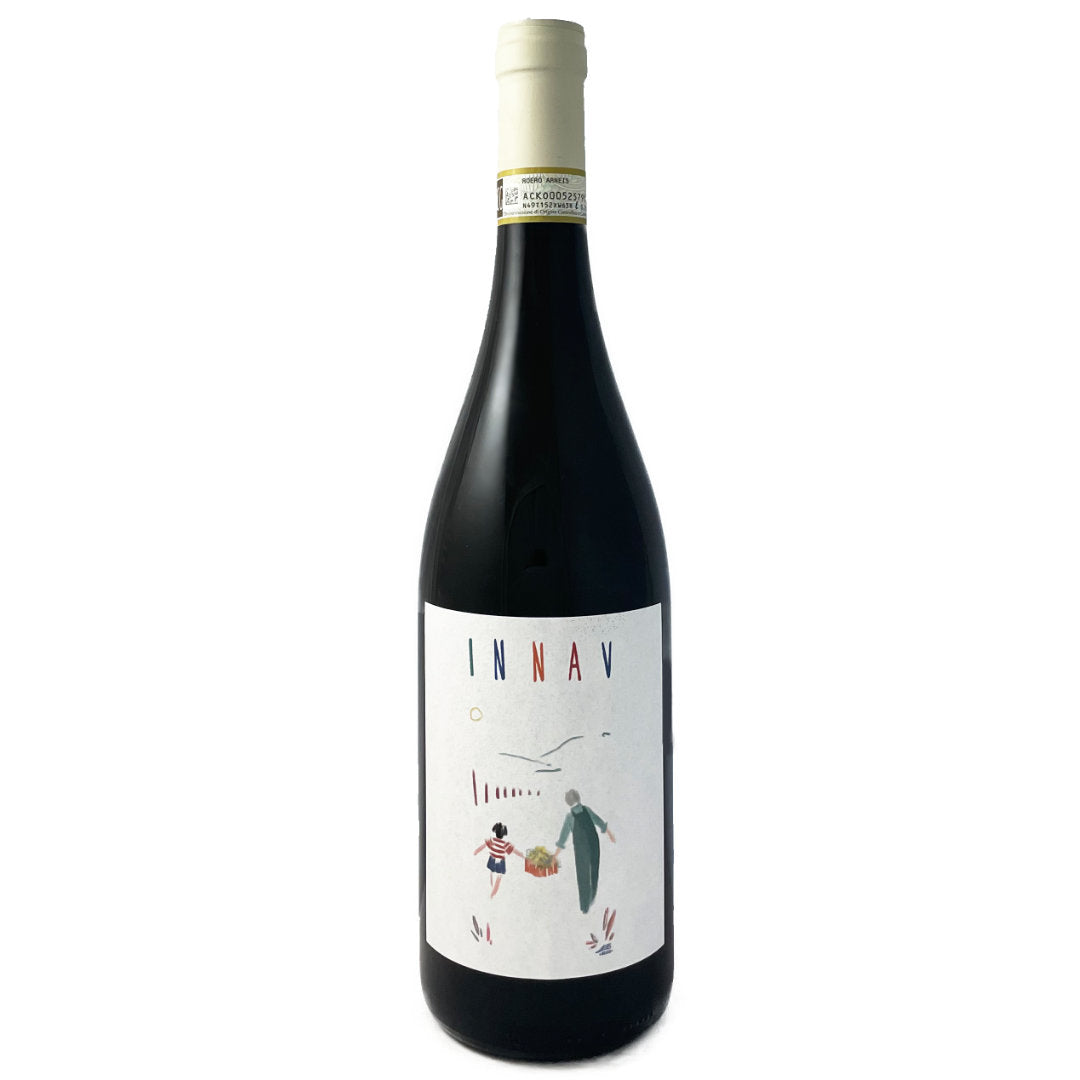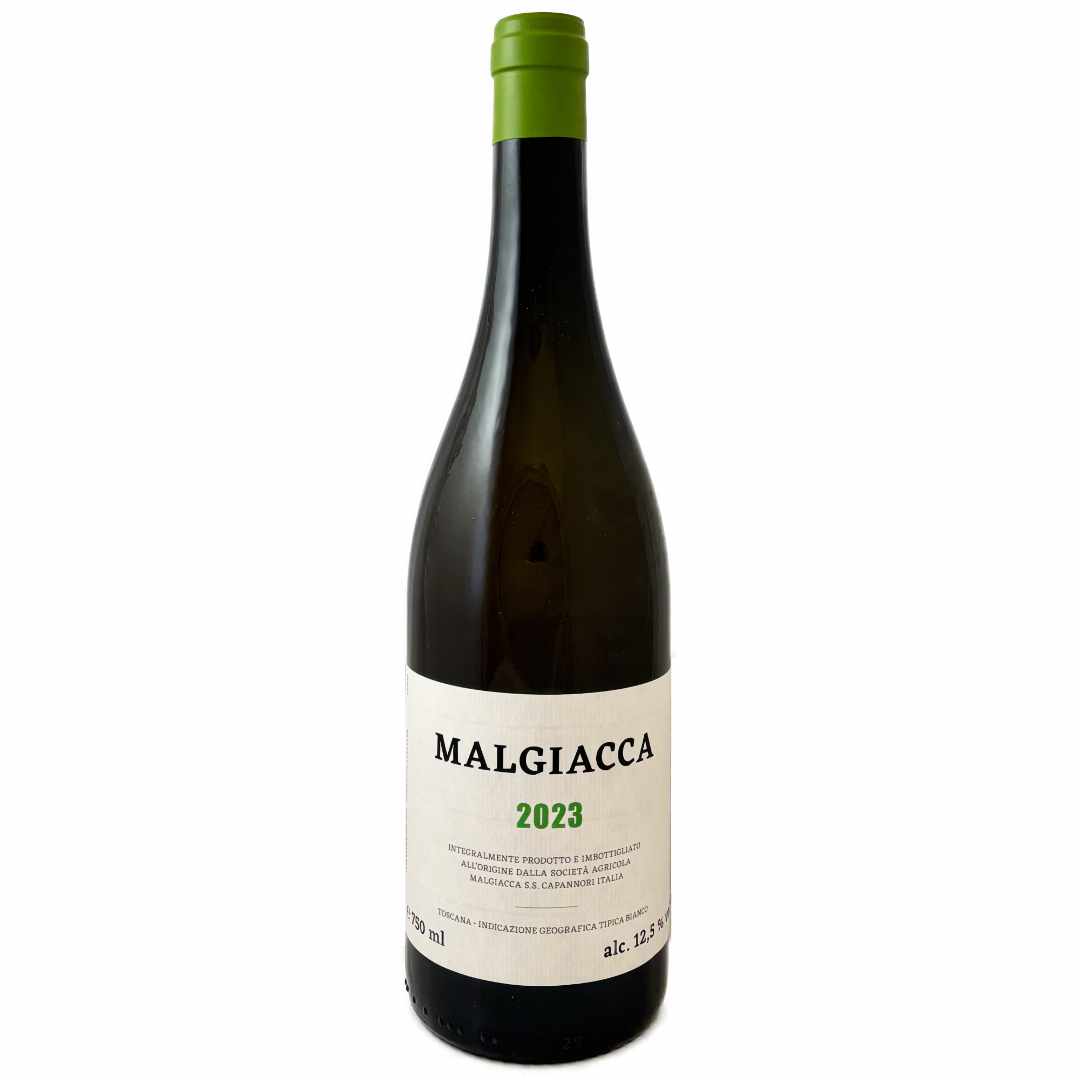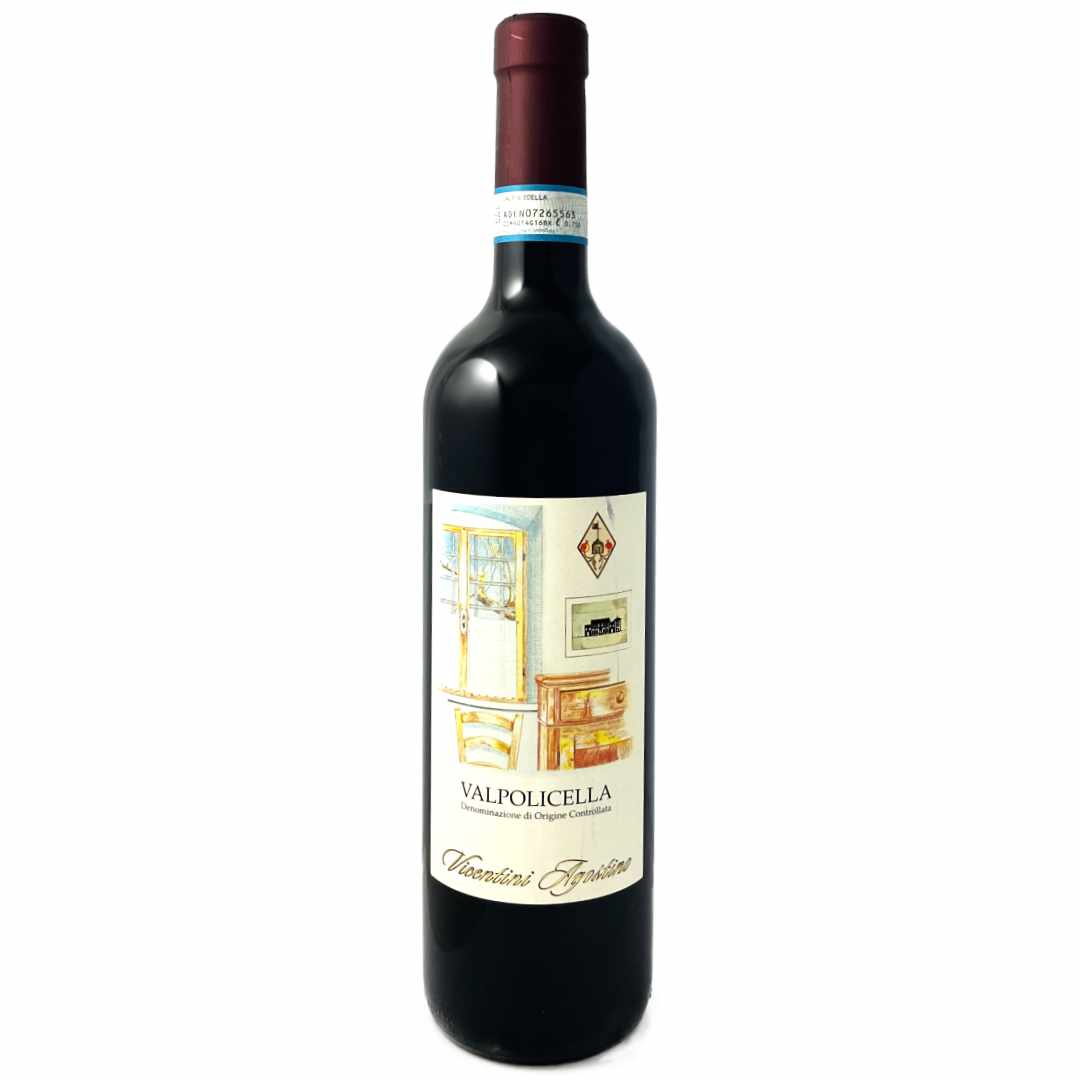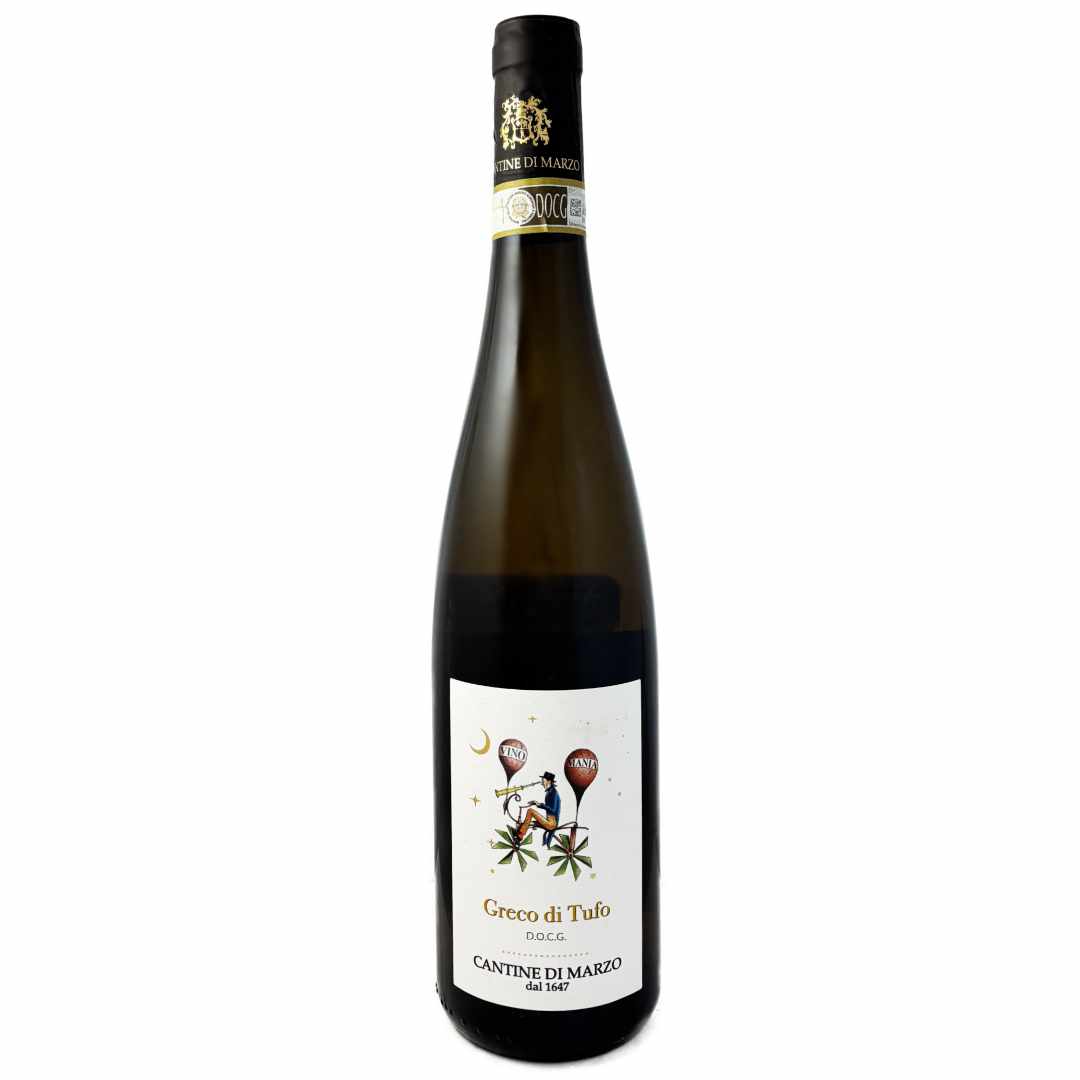Italian Timeless Classics: Whites

Arneis: Piemonte’s "Little Rascal" White Wine
Arneis might not ring a bell for most wine lovers, but it's making waves in the world of white wines. Known affectionately as the "little rascal" from Piemonte, this fragrant, food-friendly wine hails from the Roero hills in the northwestern part of Italy. Once nearly forgotten, it's now experiencing a well-deserved comeback.
Characteristics
-
🧪 Wine Style
- Body: Medium
- Acidity: Moderate
- Dryness: Dry
-
🍐 What Does Arneis Taste Like?
Arneis greets the senses with aromas of pear, apricot, and white flowers, rounded out by a subtle nuttiness. On the palate, it offers a medium body with a soft, slightly waxy texture and a dry, refreshing finish. The balanced acidity makes it an ideal alternative to the more familiar Pinot Grigio or Vermentino.
-
🌍 Where Does Arneis Grow?
The heart of Arneis is in Piemonte, specifically the Roero region. This area’s cool, alpine climate and mineral-rich soils create the perfect conditions for this aromatic grape. Although it can be found in a few other places, Roero DOCG remains its spiritual home, often growing alongside the more famous Nebbiolo.
-
🍽 Food Pairings: What to Serve with Arneis
Arneis pairs beautifully with a wide range of dishes, particularly those with light proteins and herb-driven flavours:
✨ Refined Pairings: Seared scallops with citrus butter and almonds, grilled sea bass with fennel and orange.
🇮🇹 Classic Italian Pairings: Risotto with herbs or roasted vegetables, roast chicken with pear-thyme stuffing, and gnocchi with brown butter and sage.
-
🌟 Final Sip: A Little Rascal Worth Getting to Know
Arneis is a wine that combines elegance with playfulness, offering a versatile and aromatic experience. If you're looking to step beyond the usual whites, give Arneis a try and discover its charm for yourself.

Vermentino: The Mediterranean White You Didn’t Know You Loved
If you're a fan of Sauvignon Blanc, it’s time to meet Vermentino—your new go-to Mediterranean white. Hailing from Sardinia, Liguria, and coastal Tuscany, Vermentino’s zesty, sun-soaked personality will surprise and delight.
Characteristics
-
🧪 Wine Style
- Body: Light to medium
- Acidity: Moderate
- Dryness: Dry
-
🍋 What Does Vermentino Taste Like?
Vermentino is light yet complex, with vibrant aromas of pear, white peach, lime, and pink grapefruit, along with a mineral edge reminiscent of crushed rocks or sea spray. On the palate, it’s dry, citrus-driven, and has a subtle, olive-oil-like texture. A distinct salty minerality and a hint of bitterness (like grapefruit pith) add structure to this otherwise light and lively wine.
-
🌍 Where Does Vermentino Grow?
Most at home in Sardinia, Liguria, and coastal Tuscany, Vermentino thrives in the Mediterranean climate, where it absorbs the salty breezes and mineral-rich soils that define its taste.
-
🍽 Food Pairings: What to Serve with Vermentino
Vermentino’s herbal complexity and salty finish make it an ideal companion for many Mediterranean dishes:
- ✨ Classic Pairings: Fresh pasta with pesto, roasted nuts, citrus dishes, or anything with a touch of herbaceous richness.
- 🧄 Perfect Match: Vermentino’s oiliness and green edge make it a perfect partner for pesto. The wine’s fresh acidity cuts through the richness of pesto, enhancing every bite.
-
🌟 Final Thoughts: Why Vermentino Belongs on Your Table
Versatile and vibrant, Vermentino is a fantastic alternative to Sauvignon Blanc or Pinot Grigio. Whether you’re serving seafood, Mediterranean spreads, or simply a casual meal, Vermentino brings a Mediterranean touch to the table.

Garganega: The Quiet Grape Behind Italy’s Most Elegant Whites
You may not instantly recognize the name Garganega, but if you’ve ever enjoyed a glass of Soave, you’ve already met this grape. It’s the star behind Soave wines, and one of Italy’s most elegant white varieties.
Characteristics
-
🧪 Wine Style
- Body: Light to medium
- Acidity: Medium to high
- Dryness: Dry (but can be sweet in “Recioto” styles)
-
🥂 What Does Garganega Taste Like?
Garganega is a grape of subtle complexity, offering delicate flavors of white peach, melon, lemon, and sometimes a hint of almond or herbal notes. Its floral nose may remind you of chamomile or honeysuckle. While most Garganega wines are enjoyed young, top-quality Soave Classico or single-vineyard bottlings can age gracefully, developing deeper layers of toasted almond, honey, and spice.
-
🌍 Where Does Garganega Grow?
The heart of Garganega is in Veneto, specifically in the Soave and Gambellara regions. It thrives in the volcanic soils of northeastern Italy, which help impart a signature minerality. Interestingly, DNA tests have shown that the Grecanico grape in Sicily is genetically identical to Garganega, so if you see a Sicilian Grecanico, you're essentially tasting a southern version of the same grape.
-
🍽 Food Pairings: What to Serve with Garganega
Garganega’s elegance and acidity make it incredibly versatile:
✨ Refined Pairings: Scallops with lemon butter, grilled langoustines or prawns with thyme or tarragon.
🇮🇹 Classic Italian Pairings: Risotto with spring vegetables or seafood, chicken Alfredo, or carbonara.
🧀 Cheese: Pair with fresh burrata, young pecorino, or soft goat’s cheese.
-
🌟 Final Thoughts: A Grape Worth Rediscovering
Garganega may not demand attention, but its graceful, fresh complexity makes it an understated classic. Whether for a festive meal or a quiet dinner, Soave and Garganega deliver elegance in every glass.

Greco di Tufo: Campania’s Minerally Marvel
Now, let’s talk about one of southern Italy’s most esteemed white wines, Greco di Tufo. This full-bodied, elegant wine hails from the volcanic soils of the Tufo region in Campania. With its high acidity and distinct mineral qualities, Greco di Tufo is a wine that demands attention and pairs beautifully with a variety of dishes.
Characteristics
-
🧪 Wine Style
- Body: Medium to full
- Acidity: High
- Dryness: Dry (with some fruit sweetness in well-balanced examples)
-
🍇 What Does Greco di Tufo Taste Like?
Greco di Tufo is a wine of substance, with a golden to dark lemon color and a profile that balances fruit, spice, and mineral notes. On the nose, you’ll find gentle aromas of citrus zest, white stone fruit, and sometimes a hint of herbs, like sage or thyme. The palate is medium- to full-bodied, with lively acidity and a satisfying richness that makes it perfect for pairing with a variety of dishes.
While Greco di Tufo wines are typically enjoyed young, the best examples age gracefully, developing more herbal and complex flavors over time. High-quality bottlings often display a distinct mineral streak, think wet stone, salt, or flinty notes—that give the wine an extra layer of depth.
-
🌍 Where Does Falanghina Grow?
The grape is most famously cultivated in Campania, particularly in the Sannio Beneventano, Campi Flegrei, and Caserta regions. Its adaptability allows it to thrive in various microclimates, making it a reliable and consistent performer.
-
🍽 Food Pairings: What to Serve with Falanghina
Thanks to its crisp acidity and balanced fruit, Falanghina is a food-friendly wine:
✨ Light and Bright: Grilled calamari or octopus, ceviche, or crudo with citrus and herbs.
🇮🇹 Cassic Italian Pairings: Spaghetti alle vongole (clam pasta), mozzarella di bufala, or fried zucchini blossoms.
🧀 Cheese: Fresh ricotta, burrata, or young caciocavallo.
For oak-aged versions, try pairing with roasted chicken, mushroom risotto, or grilled swordfish.
-
🌟 Final Thoughts: A Grape Reborn
Falanghina is a vibrant, food-loving alternative to mainstream whites like Pinot Grigio. Once on the brink of obscurity, it’s now a staple in southern Italy and beyond. Whether sipping on a sunny patio or pairing with classic Mediterranean fare, Falanghina delivers every time.
